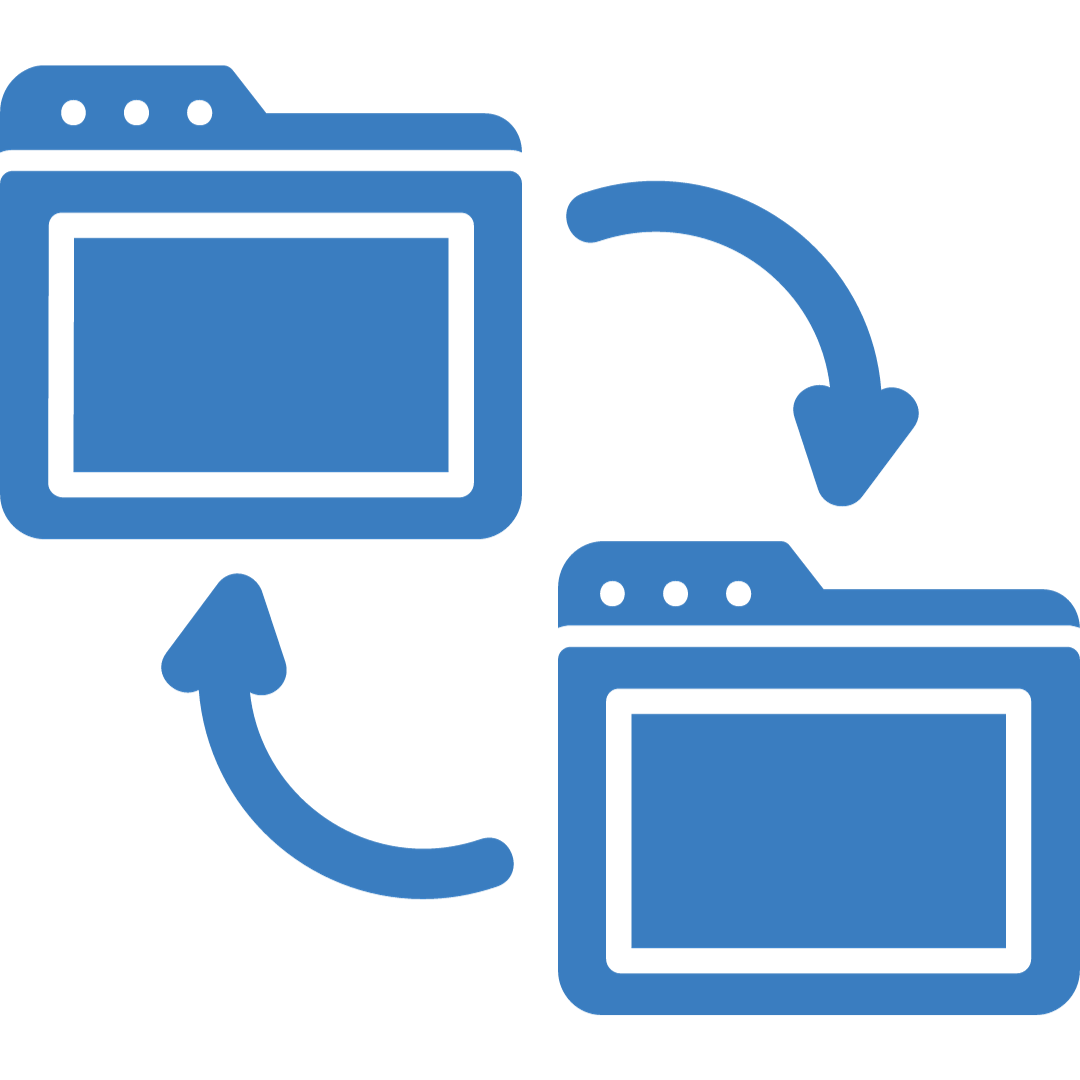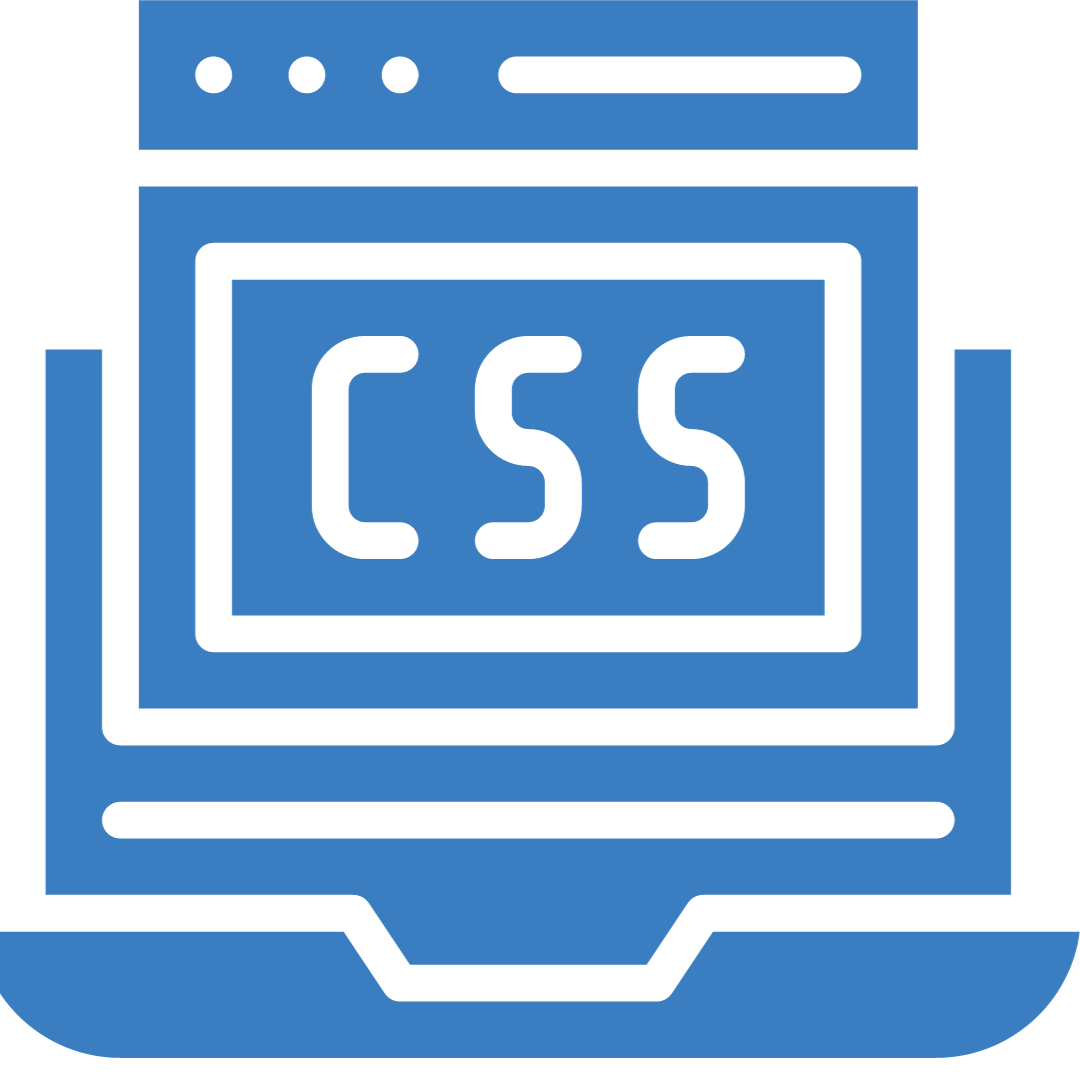Test Maintenance in Automation: Strategies for Dealing with Dynamic UIs

Automation testing has become an integral part of modern software development processes, as it helps teams ensure the reliability and quality of their software products. However, one of the significant automation testing challenges faced by testers is dealing with dynamic user interfaces (UIs).
A dynamic user interface (or Dynamic UI) is characterized by its propensity to change frequently, either due to updates in the application's design, new features, or changes in the underlying technology stack. In such a scenario, automated test script maintenance can be a daunting task. This article explores various strategies and best practices for efficiently managing test maintenance in the context of dynamic UIs.
Understanding Dynamic UIs

Before delving into strategies for handling dynamic UIs, it's crucial to understand what makes a UI dynamic. Dynamic UIs are those in which elements, their properties, or their positioning can change dynamically during the application's lifecycle. Common examples include web applications with frequently changing layouts, elements, or even content.
Challenges of Dealing with Dynamic UIs

When dealing with Dynamic User Interfaces, you need to pay attention to several challenges for automation testing:
- Locator Fragility: Automation scripts often rely on locators (such as XPath, CSS selectors, or IDs) to interact with UI elements. They’re known as UI element locators. When these locators change, scripts break.
- Identifying Elements: Dynamic user interfaces often use changing tags to find and interact with elements on the screen. If these tags aren't updated correctly, it can lead to test failures.
- Maintaining Test Scripts: You'll need to update your test scripts frequently to match UI changes. Test script updates can be time-consuming and prone to errors, especially for complex scripts.
- Managing Test Data: Focus on test data management in automation. Dynamic UI changes can also affect the data used in tests, so you'll need to adjust how you manage your test data to keep your results accurate.
- Test Script Updates: Frequent UI changes require regular updates to automation scripts, increasing maintenance efforts and costs.
- Reduced Test Stability: Fluctuating UI elements can lead to flaky tests, where the same test may pass or fail inconsistently. When the UI changes, your tests might give wrong results if you haven't updated them. This can lead to false positives or negatives.
Strategies for Dealing with Dynamic UIs

1. Robust Locator Strategies:

- Use Stable Attributes: Favor using stable attributes (e.g., unique data attributes) for locating elements over volatile attributes like dynamically generated IDs or classes.
- XPath and CSS Selectors: Employ XPath or CSS selectors that are less susceptible to UI changes, such as those based on the element's position in the DOM.
2. Page Object Model (POM):

- Look at the Page Object Model in automation testing. To do this, implement the Page Object Model design pattern to encapsulate UI interactions. When the UI changes, you can update only the relevant page objects, minimizing script modifications.
3. Regular Review and Refactoring:

- Allocate time: Keep some time aside in development cycles specifically for test maintenance. Regular review in automation scripts is crucial and refactor them to align with the current UI.
- Remove Redundancy: Identify and eliminate redundant code, making scripts more concise and maintainable.
- Regular user interface updates: To stay on top of UI changes, it's crucial to regularly update your test scripts. Make it a part of your agile development and test updates process, so whenever the UI gets a facelift, your tests can adapt smoothly.
4. Smart Waits and Timeouts:

- Avoid static wait times. Use explicit waits with expected conditions to allow tests to proceed as soon as the required UI element becomes available.
5. Visual Testing and AI-Powered Regression Testing:

- Incorporate visual testing for automation by using tools that leverage AI algorithms to detect visual changes in the UI. These tools can proactively identify discrepancies caused by dynamic UI changes.
6. Continuous Communication:

- Foster open communication in software testing between development, design, and testing teams. Regularly sync up on upcoming UI changes and releases to anticipate and plan test updates accordingly.
7. Automated Regression Test Suites:

- Maintain comprehensive regression test suites that cover critical functionalities across the dynamic UI. These suites act as a safety net, catching issues early in the development cycle.
8. Choosing Stable Locators:

Use stable locators like unique IDs or labels. They help shield your test scripts from UI changes. Fragile locators, like tricky XPath or CSS selectors based on the DOM structure, should be avoided as they tend to break when the UI shifts.
9. Getting Creative with XPath and CSS Selectors:

When you can't rely on stable locators, consider robust XPath and CSS selectors. These methods allow you to identify UI elements based on their traits or relationships with other elements, reducing your scripts' dependence on specific UI structures.
10. Embracing Data-Driven Testing:

Data-driven testing is handy for handling dynamic UIs. It separates test logic from data, making UI modifications less of a headache. Keep your test data in external databases or files so that when the UI changes, it's easier to update. Data driven test automation framework boosts the reusability and maintainability of your test scripts.
11. Seeing Is Believing with Visual Testing:

Visual testing means capturing and comparing UI component screenshots. It's excellent for catching visual hiccups caused by UI changes, like layout shifts or missing elements. Visual testing tools can automatically spot and highlight these differences, making it easier to update your test scripts. Incorporating visual testing keeps an eye on the impact of dynamic UI changes across your application.
Smart Moves for Testing Dynamic UIs

When it comes to optimizing automation testing for dynamic UIs, these best practices can make a big difference:
1. Flexible Test Case Design
- Build your test cases to adapt to changes in the UI. Use variables, parameterization, and modularization to make your test cases versatile. With test case design for Dynamic UIs, you won't need major overhauls when the UI evolves, saving you time and effort.
2. Embrace the Page Object Model (POM)
- Page Object Model (POM) is a design pattern that neatly organizes your automation code. It helps encapsulate UI elements and their actions within 'page objects.' When the UI changes, you'll mostly tweak the relevant page object, minimizing the updates needed in your test scripts. POM boosts code maintainability and the ability to handle dynamic UIs.
3. Choose Dynamic UI-Friendly Test Frameworks
- Opt for test automation frameworks that handle dynamic UIs effortlessly. These frameworks often offer robust element locators, automatic wait features, and UI change detection. Leveraging such frameworks means fewer script changes when the UI evolves, saving time and reducing the risk of script failures.
4. Get Friendly with Version Control
- Tools like Git are your pals for managing test script changes. Use features like branching and merging to handle different script versions. This ensures smooth collaboration and efficient handling of dynamic UIs. Plus, version control in test automation provides a safety net in case UI changes cause issues.
5. Keep It Continuous: CI/CT
- Integrating automation into continuous integration (CI) and continuous testing (CT) practices is a game-changer for dynamic UIs. It means detecting and addressing UI changes promptly, reducing the risk of regression bugs. Continuous integration and continuous testing keep your automation aligned with the evolving UI, maintaining your process's integrity.
These tweaks aim to enhance readability and make the information more accessible.
Dynamic UIs are a reality in modern software development, and dealing with them effectively in automation testing requires a thoughtful approach. By implementing strategies like robust locator strategies, the Page Object Model, regular review and refactoring, intelligent waits, visual testing, open communication, and automated regression suites, testers can navigate the challenges of maintaining an automation test script in the face of dynamic UI changes.
These strategies not only improve testing efficiency but also enhance the overall quality of the software product, ensuring that it continues to meet user expectations as it evolves.
If you need assistance on finding the best strategies when dealing with test maintenance and automation, get in touch with our QA experts!

Why Pharma Companies Need Crafted Emails Marketing

SJ Innovation Appreciates Our Happy Clients


